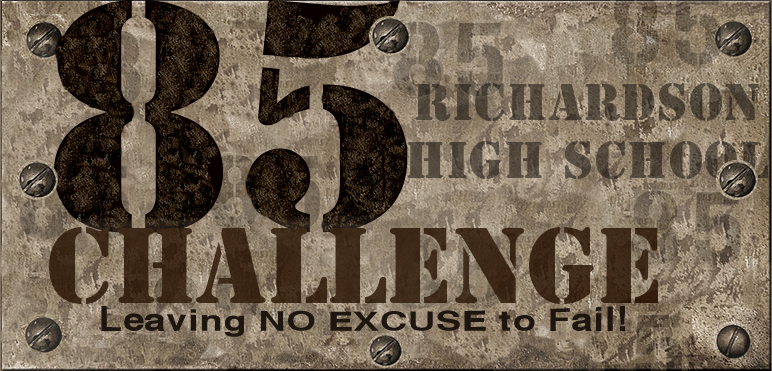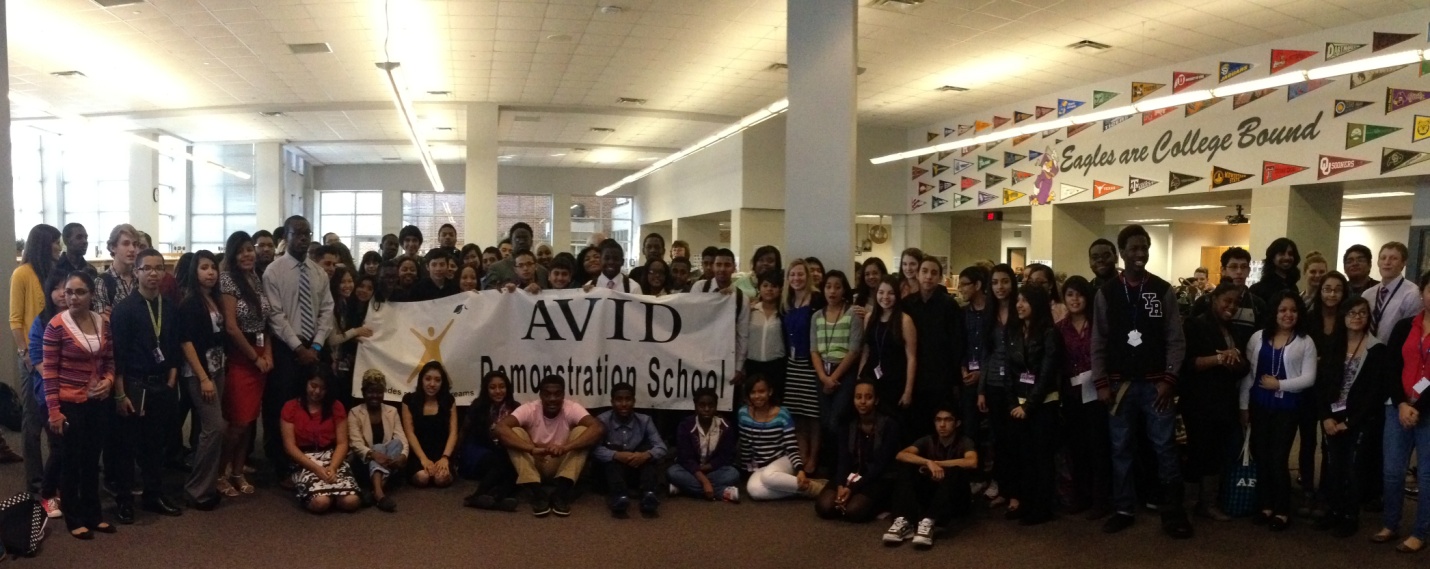No Excuse to Fail
 AVID Center
AVID Center  Friday, March 22, 2013 at 11:37AM
Friday, March 22, 2013 at 11:37AM Ben Solomon, Project Manager, AVID Center

Five years ago I attended a leadership conference. One of the speakers there spoke about a highly successful prison outreach program1 she had launched. The moderator of the event asked her, “The national recidivism rate of prisoners is about 50%. Graduates of your program have less than a 10% recidivism rate. What’s made the difference?” She responded, “We provide extensive business training for these men while they’re incarcerated. And then once their incarceration is over, we continue to support their re-integration to society through coaching, mentoring, housing, and financial support if necessary. Basically, we feel like our job is to leave them no excuse to fail.”
I felt like I had been slapped in the face. That year we were pursuing an AVID Demonstration School designation, but had to stop when we analyzed our data and found that only 62% of our AVID students had passed all their classes for the year. A light bulb went on for me – we were allowing our students too many excuses to fail.
At Summer Institute that year, our Site Team sat down and discussed all the reasons that our AVID students failed classes. We realized that we often didn’t know a student was failing until their report card came out, and even then there were very few consequences. Ultimately we had not been able to build a culture among our AVID students where failure was unacceptable, and where there was positive peer pressure to excel.
 So, we began the systematic process of taking away those excuses. We developed what we called The 85 Challenge that would challenge all AVID students to make 85 or above in all of their courses. We made t-shirts and posters for every class to keep the vision strong throughout the year. We solicited gift-card donations from community businesses to use as rewards for students who met the challenge. We secured a small budget from our principal to have pizza parties for the inter-class GPA challenge each grading period. All of these things contributed to building a culture of excellence. To solicit consistent feedback we also implemented weekly grade checks for all AVID students in all classes. We arranged the master schedule to make sure at least one AVID teacher was off for each lunch period, so we could have mandatory lunch tutoring as a consequence for any student who was failing or had failed a class.
So, we began the systematic process of taking away those excuses. We developed what we called The 85 Challenge that would challenge all AVID students to make 85 or above in all of their courses. We made t-shirts and posters for every class to keep the vision strong throughout the year. We solicited gift-card donations from community businesses to use as rewards for students who met the challenge. We secured a small budget from our principal to have pizza parties for the inter-class GPA challenge each grading period. All of these things contributed to building a culture of excellence. To solicit consistent feedback we also implemented weekly grade checks for all AVID students in all classes. We arranged the master schedule to make sure at least one AVID teacher was off for each lunch period, so we could have mandatory lunch tutoring as a consequence for any student who was failing or had failed a class.
The first week of AVID, the six AVID teachers informed all 13 sections of AVID about The 85 Challenge. The changes were immediate. The weekly grade checks (which replaced our three-week progress report checks) led to immediate feedback and strict lunch tutoring, and the students realized we were serious. The gift cards for students who made all 85 or above provided extrinsic motivation that started translating to internal motivation. The class pizza parties for highest class GPA started engendering a culture of positive peer pressure and mutual accountability. Soon the students began to think, “It’s easier and more rewarding for me to pass all my classes than it is for me to fail.” In the first year of The 85 Challenge, we went from 62 percent of our AVID students passing all their classes to 78 percent.
Recently, I was back at Richardson High School as they were validated as an AVID Demonstration School with a three-year term, the highest accolade an AVID school can receive. We cried and reminisced and celebrated as a few of the more than 300 AVID students told their personal stories of life change.
One of the AVID teachers who had been at RHS for six years pulled me aside and said, “Everything changed when we stopped leaving excuses for students to fail. Before that, we were a good school, but that’s what started us moving towards being a great school and a Demonstration School.”
The great part of this story is that it’s reproducible. There is no intrinsic difference between RHS students and students at any other school in the world, other than the beliefs of the faculty and the beliefs that they have in themselves. So, here are some questions that you can take back to your classroom, site team and school to identify and eradicate your students’ excuses to fail.
- What is the “path of least resistance” for our students? At the end of that path, is there success or failure? What can our AVID site team put into place so that the path to failure becomes more difficult and the path to success more accessible and valued?
- Do our students experience more negative peer pressure or positive peer pressure? How can we build and support a culture of positive peer pressure?
- What excuses do our students have to fail? What can we/I do for those to be systematically eradicated?
The mission of AVID is for all students to be successful. Let’s not leave them any excuse to fail.
Want to read more from Ben? Check out his blog featured by Edutopia!
The Pygmalion Effect: Communicating High Expectations
For more on AVID, visit http://avid.org/what-is-avid.ashx.
1 Find more information at http://www.prisonentrepreneurship.org
Reader Comments (4)
I really enjoyed reading this blog. It's very inspiring and proves that it is possible to impact the lives of students. It's great that the staff came together to make drastic changes in order to get positive results.
Ben,
A beautiful story, beautifully told. I appreciate the fact that you and the team set metrics and then used them as a rallying point. This is right in line with the thinking of the group CEOs for Cities and their leader, Lee Fisher. You are on the cutting edge!
Great story of inspiration Ben. What a powerful motivational tool for Site Teams as they prepare for AVID Summer Institute 2013.
This is AWESOME. As a first year AVID Teacher, it is very easy to get discouraged when the students aren't working up to there potientials. Failure to excel can discourage even the Teachers as well. However, after reading such article, it gives much hope for the next school year. I will use the same strategy for my students. I am eager to make it to this years' Summer Institute.